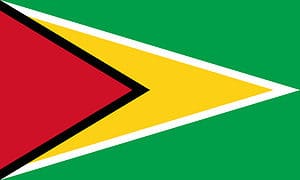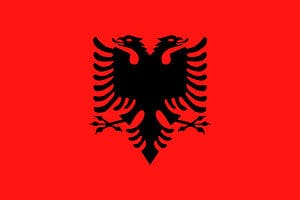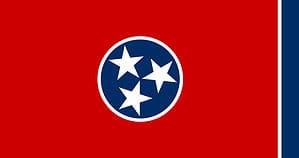Guinea-Bissau is a small country on the Atlantic coast of Northwest Africa, bordering Senegal and Guinea. About 1.9 million people call it home, many living in its capital and largest city, Bissau. It was formerly a Portuguese colony, and as a result, Portuguese is the official language of the country. A shared language helps unite the different people groups who live there, including the Balanta, Fula, and Mandingo. In this article, we’ll learn a little more about this tropical country, its history, and the symbolism and meaning of its flag.
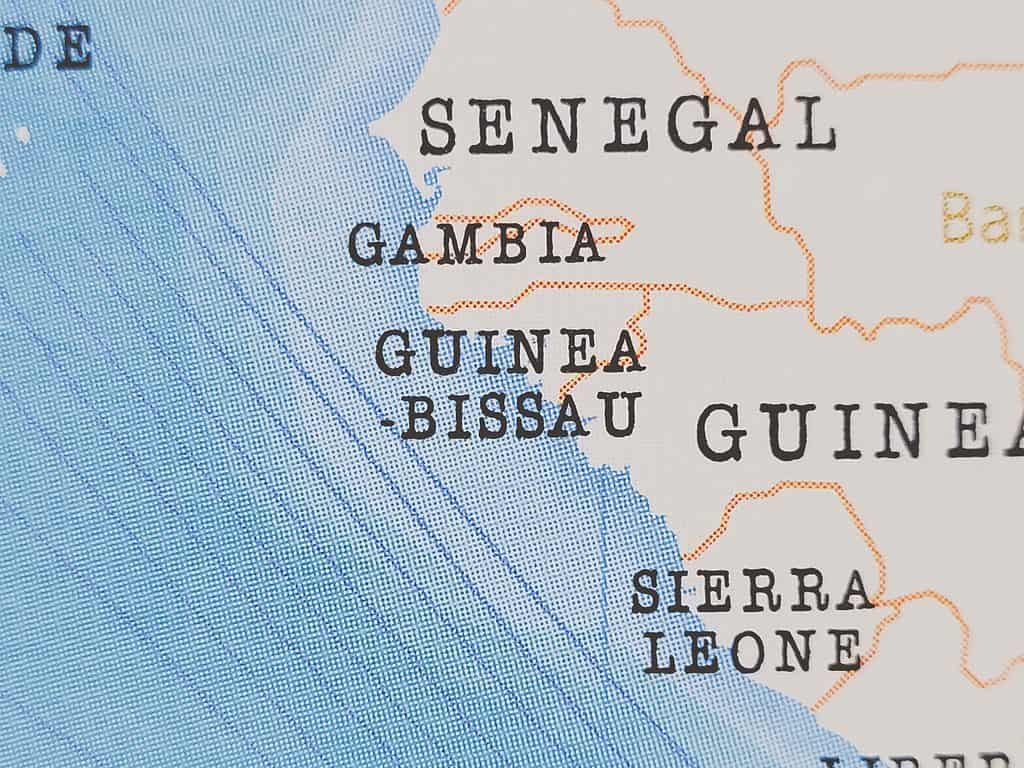
Guinea-Bissau is a country located on the western coast of
Africa
. It is on the border of Senegal to the north and Guinea to the south and east.
©Hyotographics/Shutterstock.com
What Does the Name “Guinea-Bissau” Mean?
The name “Guinea” may come from the Berber word meaning “black people.” European countries used the word for a large area along the West African coast. They each took a chunk of the region and created colonies such as French Guinea, Spanish Guinea, and Portuguese Guinea. Because there was a lot of gold in the region, “guinea” also became a term used for a British gold coin.
By the time Guinea-Bissau became independent, French Guinea, its southern neighbor, had already achieved its independence under the name Guinea. So, to cut down on the confusion, Portuguese Guinea added the name of its capital, Bissau, to its official country name. By the way, Bissau is named for an important local African clan. With approximately 500,000 people, it is the largest city in the country, its most important seaport, and its center of government.
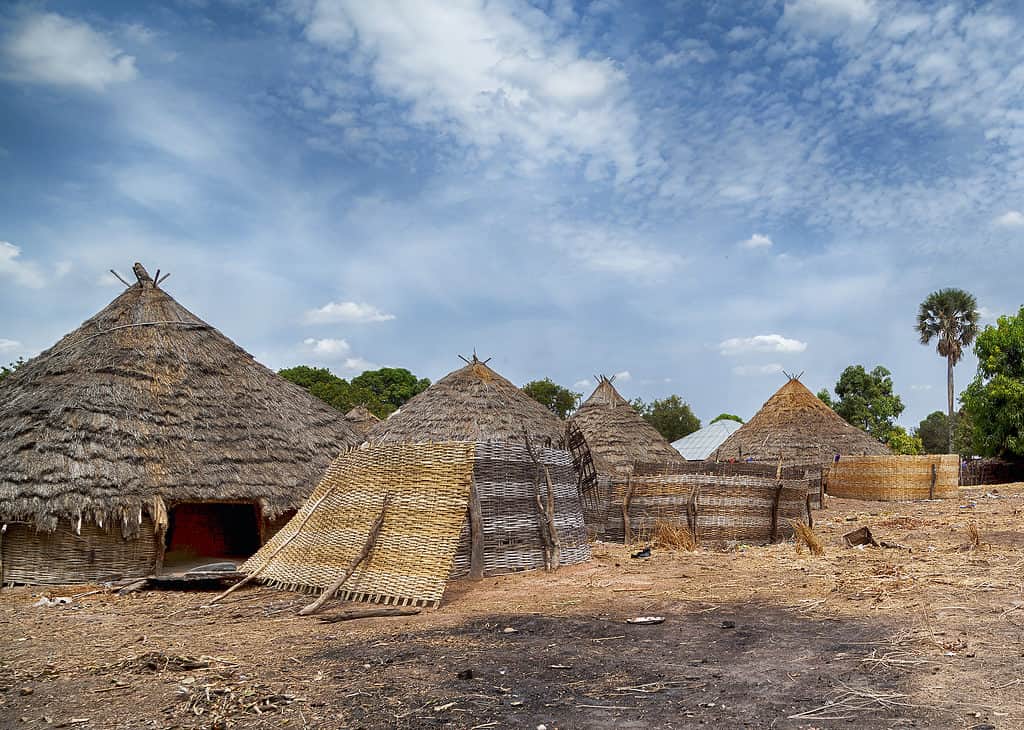
Guinea-Bissau has a tropical climate with a rainy season from June to November and a dry season from December to May.
©Gaborbasch/Shutterstock.com
History and Origins of the Flag of Guinea-Bissau
In colonial days, Guinea-Bissau was a colony of Portugal and flew the Portuguese flag until independence in 1973. During the independence movement, the African Party had a flag dedicated to the Independence of Guinea and Cape Verde (PAIGC). The PAIGC flag was identical to the modern flag of Guinea-Bissau, except it included the abbreviation “PAIGC” below the black star. The flag of Ghana is the inspiration for this flag. It consists of three horizontal bands of red, yellow, and green with a black star centered in the yellow band. As one of the African countries to gain independence earlier in the postwar period, in 1957, Ghana was a great inspiration to other countries such as Guinea Bissau. Choosing a similar flag design was a way of celebrating the unity of African nations in their fight for independence.
The flag of Guinea-Bissau was adopted on September 24, 1973, after the country gained independence from Portugal. The flag consists of two equal horizontal bands of yellow and green with a red vertical band on the hoist side. A black five-pointed star is in the center of the red band.
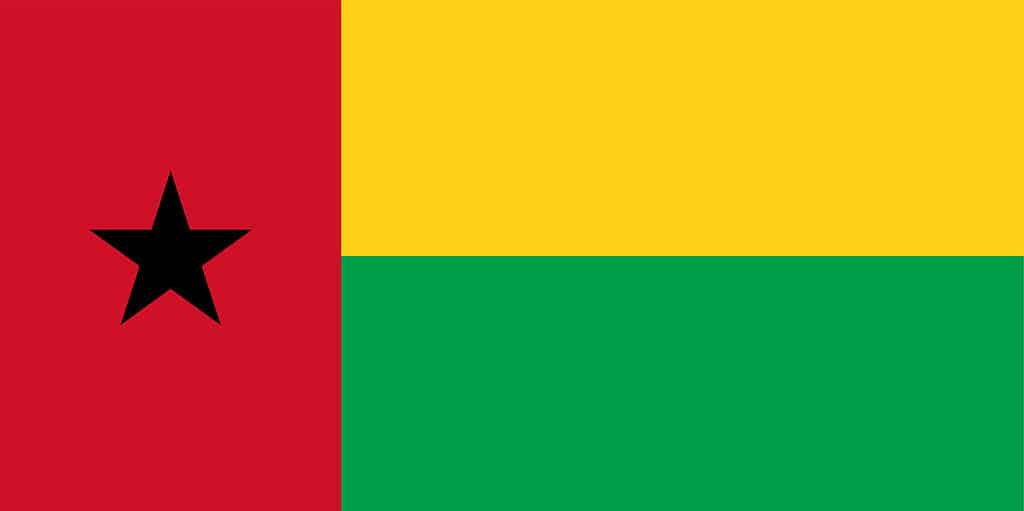
The green color represents the forests and natural resources of the country. The yellow represents the mineral wealth.
©mapsandphotos/Shutterstock.com
The Symbolism of the Flag of Guinea-Bissau
The flag’s colors celebrate Guinea-Bissau’s Portuguese and African cultural roots. Red, green, and gold are the main colors in the Portuguese flag and also are representative of the Pan-African movement, an anti-colonial, African unity movement. In Guinea-Bissau, the colors symbolize the blood that was spilled to win the country’s freedom; the lush green forests of the country; and its gold and other valuable mineral wealth. The black star is a symbol of international solidarity and unity with other African countries.
The photo featured at the top of this post is © mapsandphotos/Shutterstock.com
FAQs (Frequently Asked Questions)
What does the name Guinea-Bissau mean?
The origins of the name “Guinea” are unclear but it may be a corruption of a Tuareg Berber language word “aginaw” referring to black people. Bissau receives its name from a prominent local African clan.
What do the colors of the flag represent?
The green color represents the forests and natural resources of the country. The yellow represents the mineral wealth. The red represents the bloodshed in the fight for independence. The black star is a symbol of international solidarity and unity with other African countries.
Thank you for reading! Have some feedback for us? Contact the AZ Animals editorial team.



